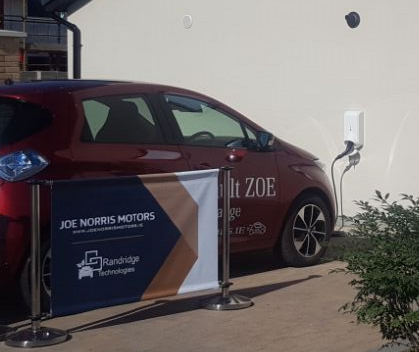Thinking about taking the plunge and going electric? Worried about how to charge your EV? We've got you covered! This handy guide will run through everything to be considered when installing a home EV charger. The main things to consider are detailed below:
1. What charge is your EV / PHEV capable of taking?
Generally Plug in Hybrid Electric Vehicles (PHEV's) can only take a 16A (3.7kW) charge as they have a relatively small electric battery. However, we would usually recommend considering installing a 32A charge-point regardless as it future-proofs your home for all EV's. Most other EV's can take a 32A charge, and this is currently the fastest charge-point you can install in a domestic setting.
2. Do you want to install a Free Socket or Tethered charger?
A free socket charge-point is one that you have to plug your charging cable into each & every time you want to charge your EV. A tethered charger comes with a permanently attached charging cable (similar to some public chargers), meaning you simply unhook the charging lead and plug into your EV. See below some images of the various Free Socket & Tethered options we can offer our customers.
3. Do you have an electric shower?
If you opt to install a 32A charger and also have an electric shower in your home, you may need to install a priority unit which ensures that the fuse-board isn't overloaded at any one time. Essentially, if your EV is charging and the shower gets turned on, this unit stops the car charging until the shower finishes. Once the shower is finished, the car will automatically re-start charging at 32A.
4. Are you eligible for the SEAI home-charger grant?
Do you have off-street parking? Did you purchase your EV/PHEV new or used after January 2018? Is this the first time you have availed of a home charger installation? You may be eligible for the €600 SEAI Homecharger Grant - check out all the details on our grants page here.













Comentarios